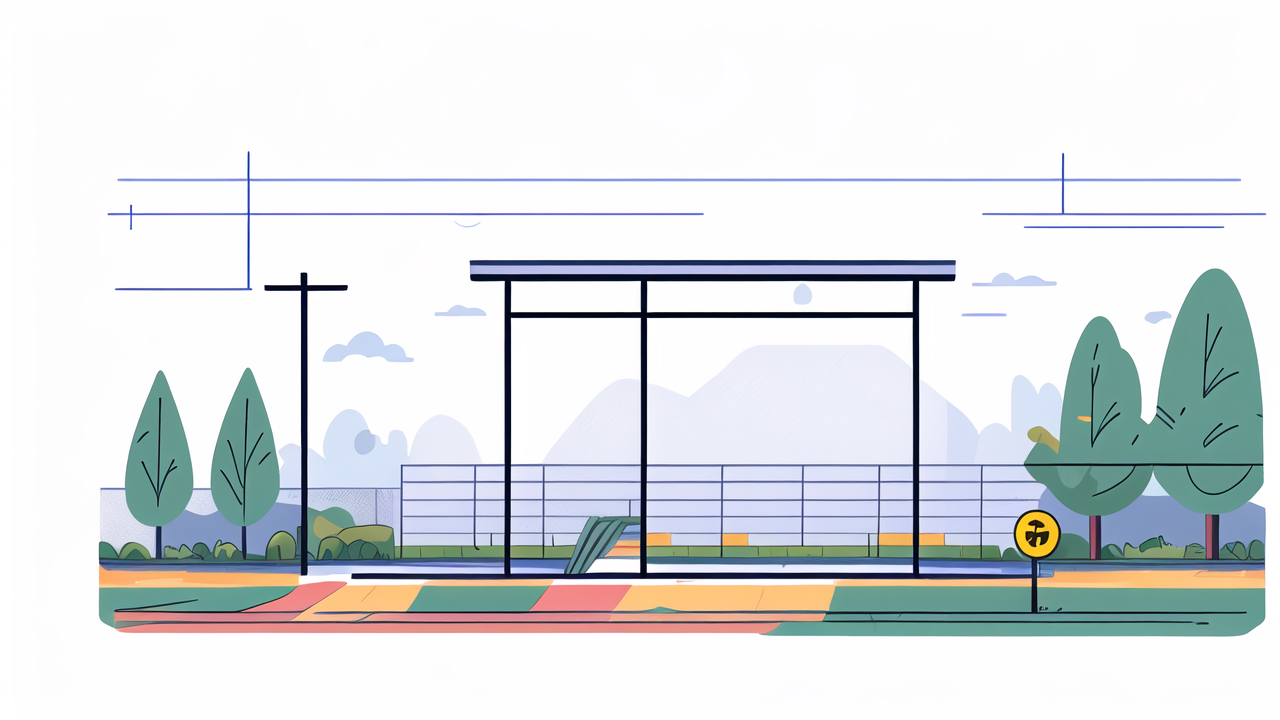Introduction to Composite Fencing: Material and Design Innovations
The Rise of Composite Fencing in the United States
Composite fencing has become increasingly popular in the US. It's a blend of wood fibers and recycled plastic. This mix creates a durable and low-maintenance fencing option. Many homeowners are choosing it over traditional materials.

The appeal of composite fencing lies in its longevity and eco-friendly nature. It resists rot, insects, and weathering better than wood. This makes it ideal for various climates across the country. The material also comes in a wide range of colors and styles.
Manufacturers are constantly improving composite fence designs. They offer products that look like real wood but perform better. As more people learn about its benefits, the demand for composite fencing continues to grow. It's seen as a smart, long-term investment for property owners.
Advantages of Composite Fencing Over Traditional Materials
Composite fencing offers several benefits compared to wood, metal, or vinyl options. Durability is a key advantage. These fences can last for decades with minimal upkeep. They don't need painting or staining like wood fences do. This saves time and money over the years.
Another plus is the material's resistance to environmental factors. Composite fences don't rot, rust, or warp. They also maintain their color without fading in the sun. This makes them great for areas with harsh weather.
Eco-friendliness is another important feature. Many composite fences use recycled materials. This helps reduce waste and supports sustainability efforts. The fences themselves can often be recycled at the end of their life.
Aesthetically, composite fencing provides a consistent look over time. It doesn't weather or change appearance like wood does. This helps maintain the curb appeal of homes for many years to come.
Composite Fencing Solutions for Enhancing Outdoor Privacy
Maximizing Privacy with Composite Fence Pickets
Composite fence pickets are great for creating private outdoor spaces. They come in various heights to suit different privacy needs. Tall pickets can effectively block views from neighbors or passing traffic. This allows homeowners to enjoy their yards without feeling exposed.

Many composite pickets have interlocking designs. These eliminate gaps between boards for complete privacy. Some styles feature textures that mimic wood grain. This adds visual interest while maintaining a natural look.
Homeowners can choose from solid panels or semi-private options. Lattice tops or decorative cutouts can add style without compromising privacy. The versatility of composite materials allows for creative, functional designs.
Designing Composite Fences for Optimal Wind and Sound Protection
Composite fences can be designed to provide both wind and sound protection. Solid panels are most effective for blocking wind and reducing noise. They create a barrier that deflects air currents and absorbs sound waves. This is especially useful in urban areas or near busy roads.
Some composite fence designs use multiple layers for better performance. These may include sound-dampening materials within the fence structure. Staggered board patterns can also help break up wind and sound. This doesn't compromise the fence's appearance.
For areas with strong winds, there are reinforced composite fencing options. These use stronger internal supports to withstand high wind loads. Homeowners can feel secure knowing their fence will stay upright in challenging conditions.
Implementing Composite Fencing in Your Landscape
Best Practices for Installing Composite Fencing
Proper installation is key for the longevity of composite fencing. Start by checking local rules and getting necessary permits. Plan the fence layout carefully. Consider property lines and underground utilities.

Prepare the ground by removing obstacles and leveling the area. Set sturdy posts at the correct depth and spacing. Use concrete footings for added stability. Allow proper curing time before attaching fence panels.
Follow manufacturer guidelines for attaching pickets or panels to posts. Use hardware designed for composite materials. Leave small gaps between boards and the ground for drainage. This prevents moisture buildup.
For sloped terrain, use stepped installation or rackable fence panels. This ensures a clean look while maintaining consistent heights. Properly seal cut ends of composite materials. This prevents moisture absorption.
Maintaining and Caring for Your Composite Fence Investment
Composite fencing is low maintenance, but some basic care helps preserve its look. Regular inspections can catch minor issues before they become problems. Clean the fence periodically with mild soap and water. A soft brush or low-pressure washer can remove dirt and debris.
Avoid harsh chemicals that might damage the surface. For tough stains, use cleaners made for composite materials. Address any scratches or scuffs promptly. Some manufacturers offer touch-up kits for minor repairs.
Check for loose fasteners or shifted boards and fix as needed. Trim nearby plants to prevent contact with the fence surface. In winter, be careful when removing snow near the fence. Avoid using metal shovels or sharp tools that could cause damage.
With proper care, your composite fence will provide years of privacy and beauty. It will enhance your outdoor space and add value to your property for a long time to come.
